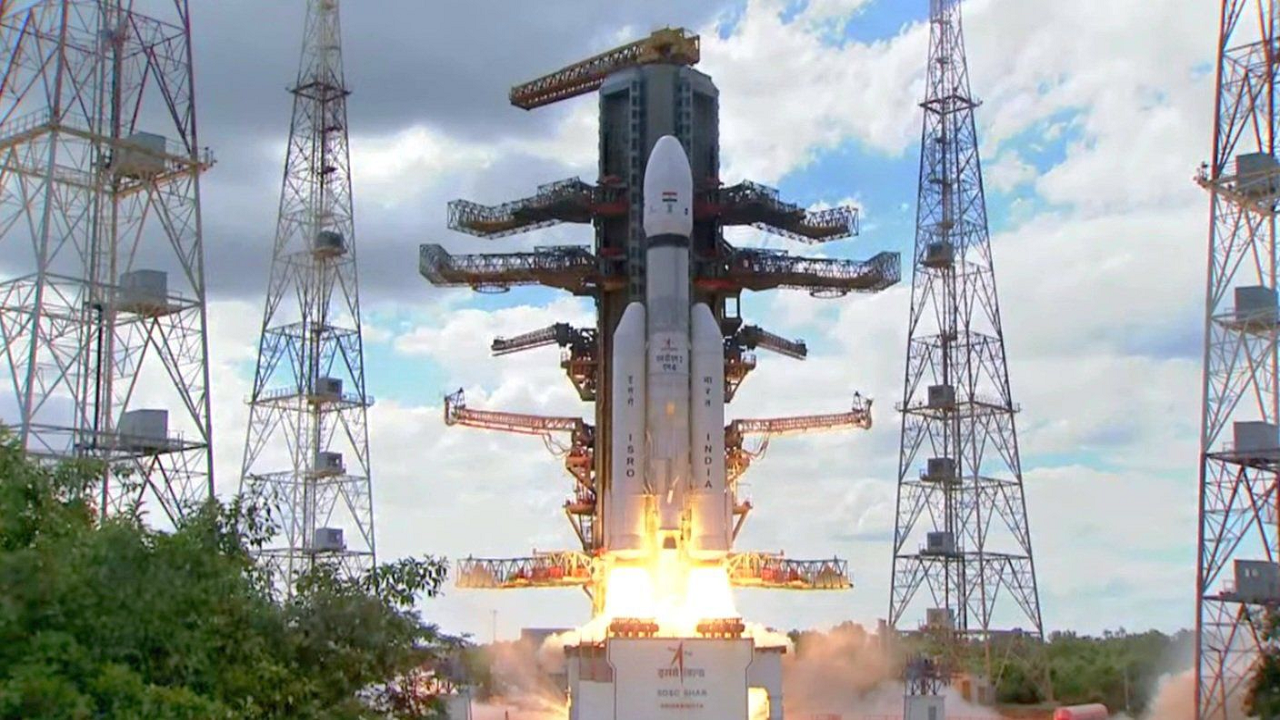
India launched its Chandrayaan 3 mission on Friday, aiming to achieve the remarkable feat of successfully landing a spacecraft on the moon, a milestone accomplished only by the United States, Russia, and China so far. The spacecraft is expected to enter the lunar orbit approximately one month after launch, with the lander, Vikram, and the rover, Pragyaan, scheduled to touch down on the moon's surface on August 23.
Chandrayaan 3, launched from the Satish Dhawan Space Centre, has multiple objectives. It involves a propulsion module carrying a lander and rover configuration, which will be transported to a 100-kilometre lunar orbit. Subsequently, the lander will separate from the propulsion module and make a controlled landing on the moon. The propulsion module is equipped with the SHAPE payload, enabling the analysis of Earth's light to study its spectral and polarimetric properties.
As a successor to Chandrayaan 2, Chandrayaan 3 aims to land a spacecraft on the moon and deploy a rover for extensive exploration of the lunar terrain. The rover's primary mission is to gather essential data on the moon's composition and geology, providing valuable insights into its history and evolution.
In an interview, ISRO Chairman S Somanath emphasized how the space agency has learned from past failures, implementing necessary changes to improve the chances of success for the Chandrayaan 3 mission. One significant flaw identified from the previous Chandrayaan 2 mission was the spacecraft's inability to handle unexpected conditions, leading to an unsuccessful landing.
In addition to its primary goal of lunar landing, Chandrayaan 3 aims to conduct comprehensive scientific investigations of the moon's environment. This includes studying its geological history, composition, and potential resources. Equipped with six payloads, Chandrayaan 3 will analyze lunar soil and capture images of Earth from the lunar orbit. After landing, the mission will conduct groundbreaking experiments using the RAMBHA and ILSA payloads over a 14-day period (equivalent to one Lunar day). These experiments will focus on studying the moon's atmosphere and conducting in-depth mineral composition analysis by digging into the lunar surface.
The lander, Vikram, will photograph the rover, Pragyaan, which will utilize its instruments to investigate seismic activity on the moon. Pragyaan will employ laser beams to melt a portion of the lunar surface, known as regolith, and analyze the gases emitted during the process. This mission will provide valuable knowledge about the lunar surface and its potential for future human habitation. Through this mission, India aims to acquire valuable knowledge about the lunar landscape, as well as evaluate its potential for future human habitation.

According to ISRO chief S Somnath, a location near the equator is considered more suitable for potential human settlement on the moon. As part of the mission, the Radio Anatomy of Moon Bound Hypersensitive Ionosphere and Atmosphere (RAMBHA) payload will monitor the density of charged particles near the lunar surface and track their changes over time.
In addition, the Alpha Particle X-Ray Spectrometer (APXS) will analyze the chemical composition of the moon's surface and provide insights into its mineralogy. The Laser-Induced Breakdown Spectroscope (LIBS) will further contribute by determining the elemental composition of the lunar soil.
To overcome the extreme cold temperatures during the moon's night, which can reach as low as -232 degrees Celsius, Chandrayaan-3 will strategically land its lunar lander at the moon's south pole with a latitude of 70 degrees before nightfall. The spacecraft is scheduled to touch down on the lunar surface at 5:47 pm on August 23.
















